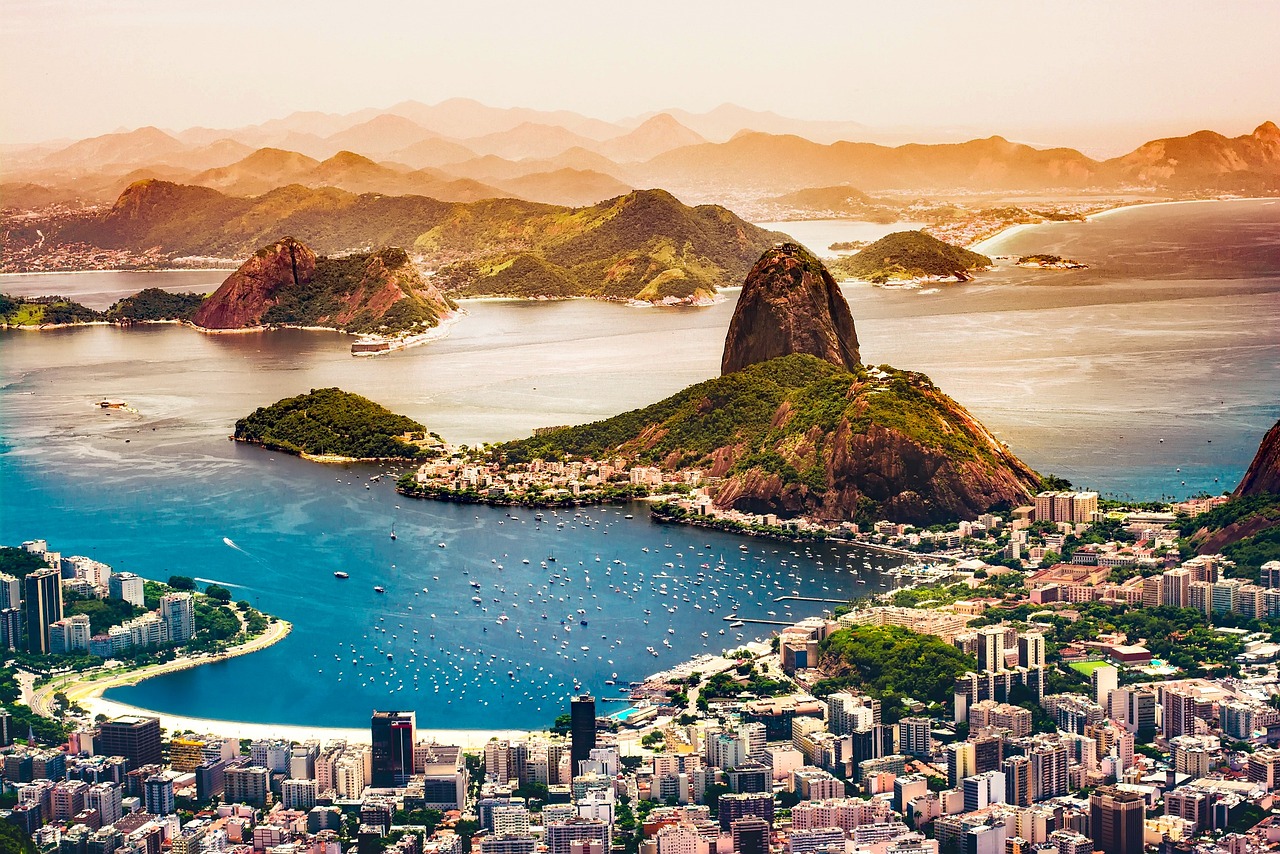Rio's Favelas: Understanding Brazil's Social Landscape
travel | 3 minutes read | 9 months ago

Welcome to my latest blog post, where we will dive into the complex social landscape of Rio de Janeiro's favelas. These informal settlements, known for their vibrant culture and tight-knit communities, have long been a topic of fascination for both locals and tourists alike. In this post, we'll explore the history, challenges, and resilience of the favelas, shedding light on the realities of life in these unique neighborhoods.
The History of Rio's Favelas
The origins of Rio's favelas can be traced back to the late 19th century, when former slaves and rural migrants flocked to the city in search of work. With limited options for affordable housing, these marginalized groups began to squat on the outskirts of the city, building makeshift homes on land that was often considered unsuitable for development. Over time, these informal settlements grew into what we now know as favelas, characterized by their narrow alleys, densely packed homes, and vibrant street life.

Despite the challenges they face, favela residents have a strong sense of community and pride in their neighborhoods. Many favelas have produced notable musicians, artists, and athletes, contributing to Brazil's rich cultural tapestry.
The Challenges Faced by Favela Residents
Living in a favela comes with its own set of unique challenges. The lack of basic infrastructure, such as running water and sanitation, is a daily reality for many residents. Additionally, favelas are often plagued by high levels of crime and violence, perpetuated by ongoing territorial disputes between drug gangs and police.
- Lack of access to quality education and healthcare
- Unemployment and underemployment
- Inadequate housing conditions
These challenges can take a toll on the physical and mental well-being of favela residents, perpetuating cycles of poverty and marginalization. Despite these hardships, many residents demonstrate remarkable resilience, finding ways to thrive in the face of adversity.
Community Initiatives and Resilience
Amidst the challenges, there are countless stories of resilience and community-led initiatives within the favelas. Grassroots organizations, such as educational programs and social enterprises, are working to provide opportunities and support for residents. Additionally, cultural events and local businesses contribute to the vibrancy and creativity of the favelas.

One of the most notable examples of community resilience is the rise of favela tourism, where visitors can experience the rich culture of these neighborhoods through guided tours and cultural exchanges. This form of tourism has the potential to empower local residents and challenge negative stereotypes about favelas.
It's important to recognize that the narrative of favelas is not one-dimensional. While there are certainly challenges, there is also resilience, creativity, and a strong sense of community that is often overlooked in mainstream media portrayals.
The complex social landscape of Rio's favelas is a reminder of the diverse realities that coexist within any city. By understanding and engaging with these communities in a respectful and responsible manner, we can work towards fostering greater inclusivity and empathy.
Thank you for joining me on this insightful journey into the world of Rio's favelas. I hope this blog post has provided you with a deeper understanding of Brazil's social landscape and the incredible resilience of favela residents.


